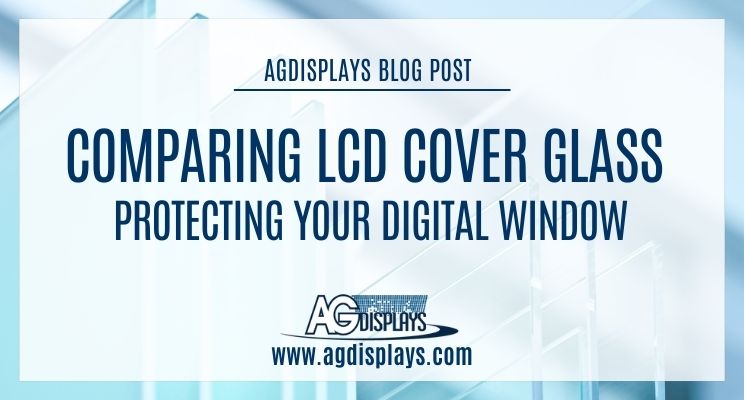In our fast-paced, tech-driven world, LCD displays have seamlessly integrated into our daily routines. From the smartphones and tablets we rely on for communication and entertainment, to the televisions and industrial equipment that power various sectors, these displays serve as our portals to the digital world. Consequently, safeguarding them against the rigors of everyday use has become paramount, and at the heart of this protection lies a crucial component: cover glass.
Cover glass serves as a protective shield for LCD displays, shielding them from physical damage, dust, moisture, and other environmental factors. However, not all cover glass is created equal. There is a wide variety of materials and technologies available for cover glass, each with its own set of properties and applications. In this blog post, we’ll explore and compare some of the most common types of cover glass used in LCD displays, shedding light on their similarities, differences, and the factors to consider when choosing the right one for your specific needs.
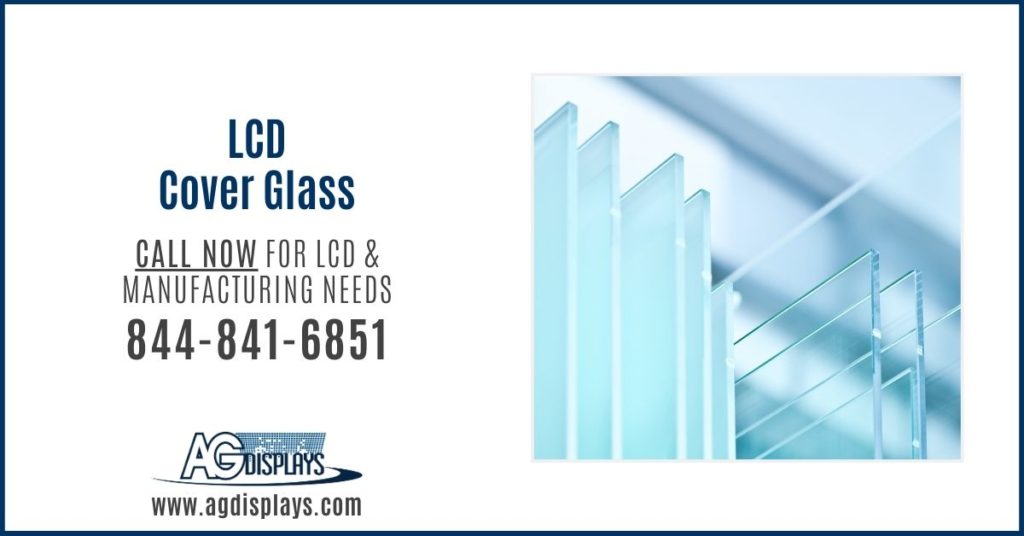
Soda-Lime Glass
Soda-lime glass is the most basic and widely used type of cover glass for LCD displays. It’s an affordable and readily available option, making it a popular choice for consumer electronics like smartphones and televisions. Here are some key features of soda-lime glass:
Pros:
Affordability: Soda-lime glass is cost-effective, making it an attractive option for manufacturers looking to keep production costs down.
Transparency: It offers excellent optical clarity, ensuring that the display’s image quality is not compromised.
Ease of fabrication: It can be easily cut, shaped, and processed to meet specific design requirements.
Cons:
Fragility: Soda-lime glass is relatively brittle, making it susceptible to cracking and shattering upon impact.
Limited scratch resistance: It is prone to scratches, which can affect the display’s appearance over time.
Weight: It’s heavier compared to some other cover glass materials, which can impact the overall device’s weight and portability.
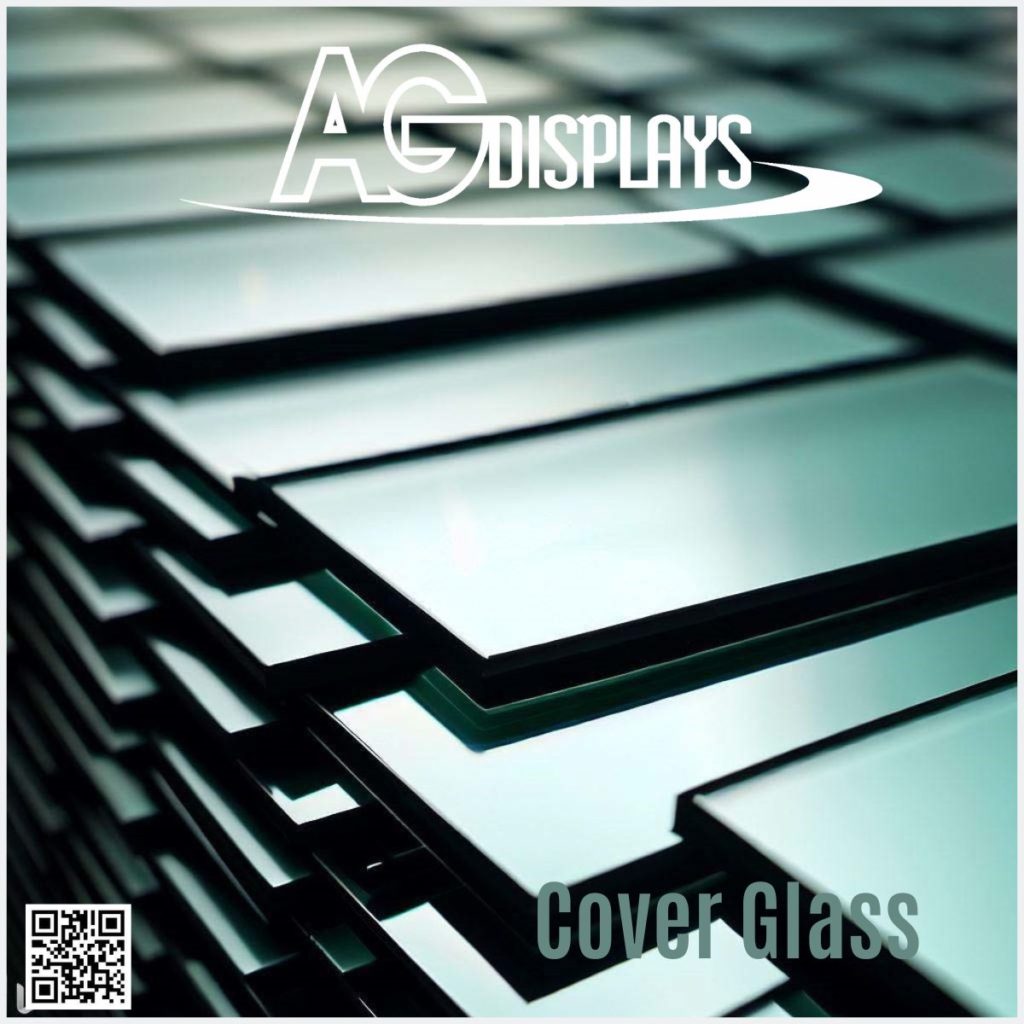
Gorilla Glass
Gorilla Glass, developed by Corning Incorporated, has become synonymous with durability and scratch resistance in the world of cover glass. It’s a type of chemically strengthened glass that’s commonly used in high-end smartphones and tablets. Let’s delve into its characteristics:
Pros:
Exceptional strength: Gorilla Glass is significantly stronger than soda-lime glass, providing superior resistance to impacts and drops.
Scratch resistance: It offers excellent scratch resistance, helping maintain the display’s appearance even after prolonged use.
Thinness and lightness: Gorilla Glass can be manufactured in thin and lightweight forms, reducing the overall weight of devices.
Cons:
Cost: While it provides excellent durability, Gorilla Glass tends to be more expensive than soda-lime glass, potentially increasing production costs.
Limited flexibility: Compared to some other materials, it has less flexibility in design due to its chemically strengthened composition.
Sapphire Glass
Sapphire glass, made from synthetic sapphire crystal, is known for its exceptional hardness and scratch resistance. It has found its niche in premium and luxury devices, such as high-end watches, camera lenses, and select smartphones. Here are the key attributes of sapphire glass:
Pros:
Exceptional hardness: Sapphire glass is one of the hardest known materials, making it virtually impervious to scratches and abrasions.
Durability: It offers outstanding resistance to impact and shattering, ensuring the display remains intact even in extreme conditions.
Optical clarity: Sapphire glass provides excellent transparency, enhancing display brightness and image quality.
Cons:
Cost: The production of sapphire glass is more expensive and time-consuming than other materials, resulting in higher overall costs.
Brittle: While it’s highly scratch-resistant, sapphire glass can still be brittle and prone to cracking under extreme stress.
Limited availability: It’s not as readily available as other cover glass materials, making it a less common choice in mass-produced devices.
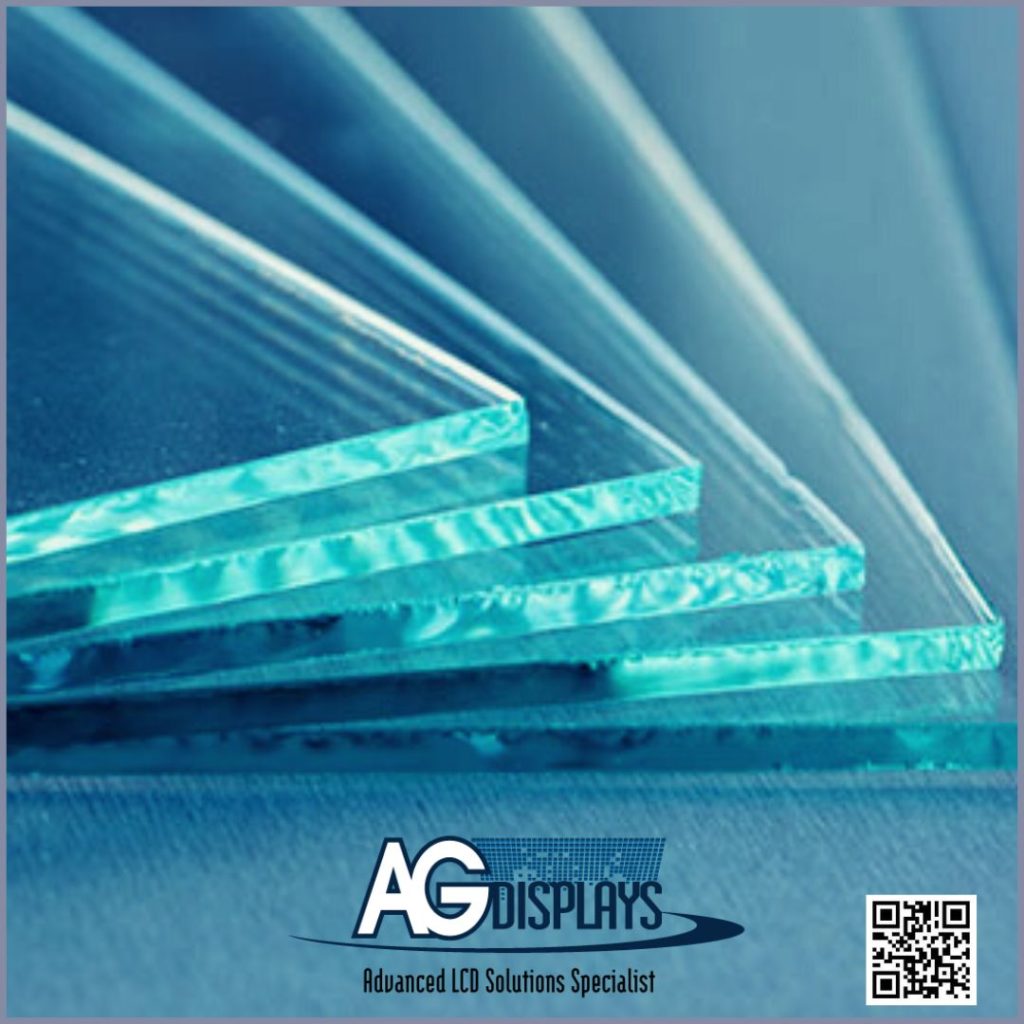
Tempered Glass
Tempered glass is a popular choice for smartphone screen protectors and some LCD display cover applications. It’s created by heating ordinary glass and then rapidly cooling it, resulting in increased strength and durability. Let’s explore its characteristics:
Pros:
Durability: Tempered glass is much stronger than regular soda-lime glass, providing better resistance to impacts and drops.
Easy replacement: In the case of damage, tempered glass is relatively easy and affordable to replace.
Scratch resistance: It offers improved scratch resistance compared to standard glass.
Cons:
Limited customization: Tempered glass may not be as easily customizable for specific design requirements as some other materials.
Reduced optical clarity: While it maintains decent transparency, tempered glass may not offer the same level of optical clarity as other cover glass options.
Brittle: Similar to sapphire glass, it can still be brittle and susceptible to shattering under extreme stress.
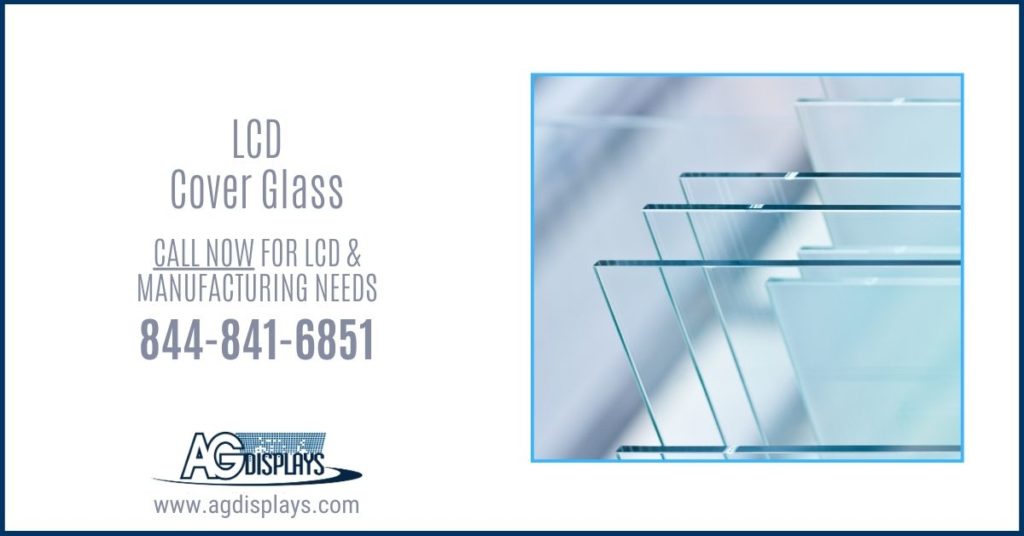
Chemically Strengthened Glass
Chemically strengthened glass is a broad category that includes various types of glass, such as Gorilla Glass and Dragontrail Glass. These glasses undergo a chemical strengthening process, which enhances their toughness and durability. Let’s delve into their features:
Pros:
Enhanced strength: Chemically strengthened glass provides significantly improved impact resistance compared to standard soda-lime glass.
Scratch resistance: It offers good scratch resistance, ensuring the display remains in pristine condition.
Lightweight: Chemically strengthened glass can be manufactured in thin and lightweight forms, reducing the device’s weight.
Cons:
Cost: Depending on the specific type and manufacturer, chemically strengthened glass can be more expensive than soda-lime glass.
Limited customization: It may have some limitations when it comes to customization for unique design requirements.
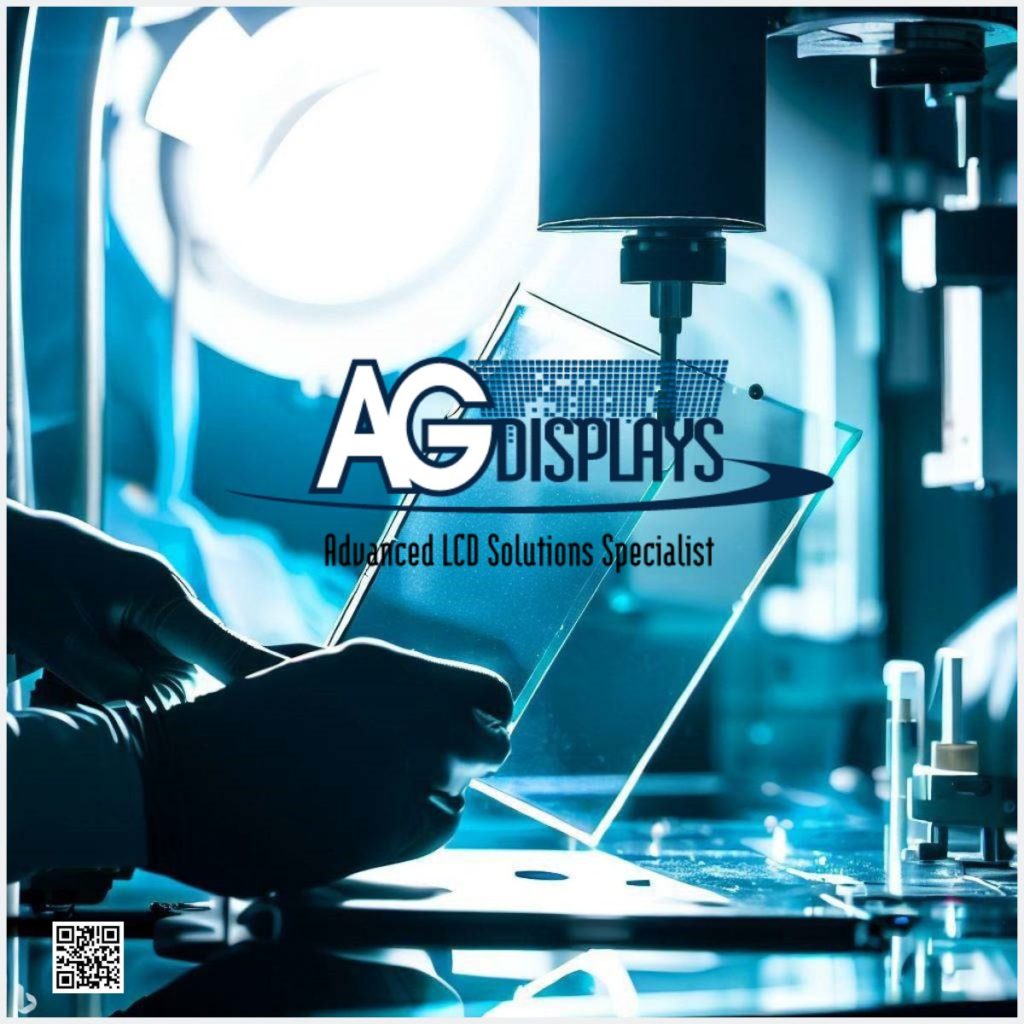
Conclusion
In summary, the choice of cover glass for LCD displays depends on a variety of factors, including cost, durability, scratch resistance, optical clarity, and design flexibility. While soda-lime glass remains a popular choice due to its affordability and transparency, more advanced materials like Gorilla Glass, sapphire glass, tempered glass, and chemically strengthened glass offer superior strength and durability, making them ideal for premium and rugged applications.
Ultimately, the decision on which cover glass to use should be based on the specific requirements of the device and its intended use. For high-end smartphones and premium displays, materials like Gorilla Glass and sapphire glass provide an excellent balance of strength and optical clarity. In contrast, tempered glass and chemically strengthened glass are suitable for devices where cost-effectiveness and easy replacement are essential. Whichever material you choose, protecting your LCD display with the right cover glass is crucial for ensuring the longevity and performance of your device.
To LearnMore About AGDisplays Custom LCD Cover Glass Solutions, Read Our eBook: CUSTOM GLASS SUPPLY

